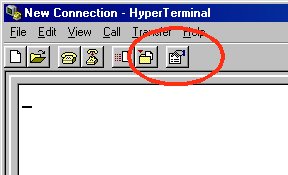
Understanding the Dynamics of Second Language Writing through Keystroke Logging and Complexity Contours. Anthology ID: 2020.lrec-1.23 Volume: Proceedings of the Twelfth Language Resources and Evaluation Conference Month: May Year: 2020 Address: Marseille, France Venue: LREC SIG: Publisher: European Language Resources Association Note: Pages: 182–188 Language: English URL: DOI: Bibkey: kerz-etal-2020-understanding Cite (ACL): Elma Kerz, Fabio Pruneri, Daniel Wiechmann, Yu Qiao, and Marcus Ströbel.

The resource introduced in this paper is a reflection of increasing recognition of the urgent need to obtain ecologically valid data that have the potential to transform our current understanding of mechanisms underlying the development of literacy (reading and writing) skills. We present the procedures and measures developed to analyze a sample of 14,913,009 keystrokes in 3,454 texts produced by 512 university students (upper-intermediate to advanced L2 learners of English) (95,354 sentences and 18,32,027 words) aiming to achieve a better alignment between keystroke-logging measures and underlying cognitive processes, on the one hand, and L2 writing performance measures, on the other hand. Abstract The purpose of this paper is twofold: to introduce, to our knowledge, the largest available resource of keystroke logging (KSL) data generated by Etherpad (), an open-source, web-based collaborative real-time editor, that captures the dynamics of second language (L2) production and to relate the behavioral data from KSL to indices of syntactic and lexical complexity of the texts produced obtained from a tool that implements a sliding window approach capturing the progression of complexity within a text.


 0 kommentar(er)
0 kommentar(er)
